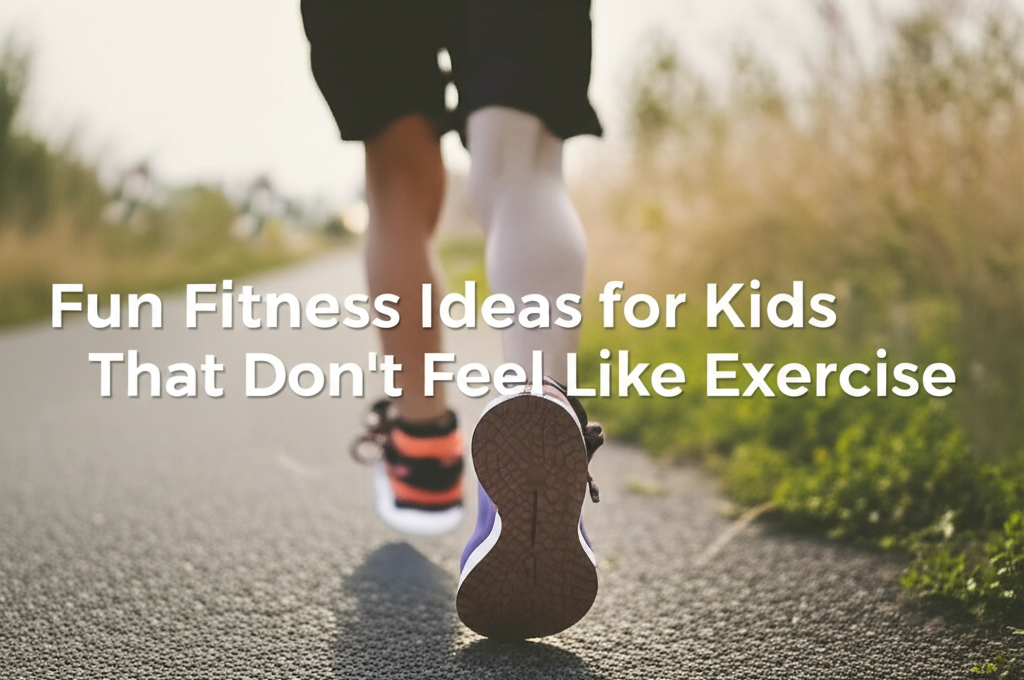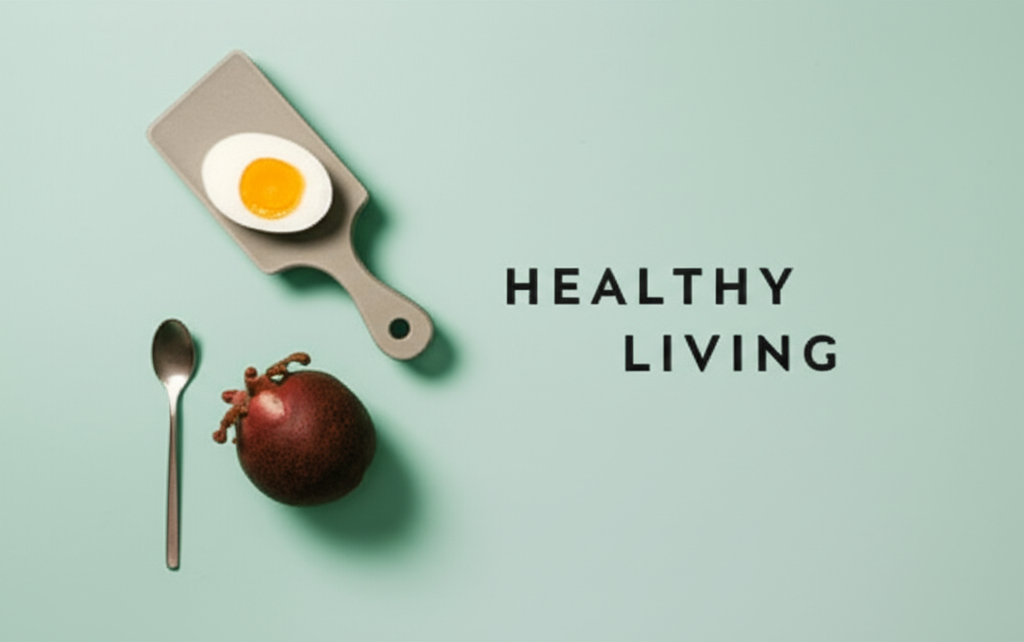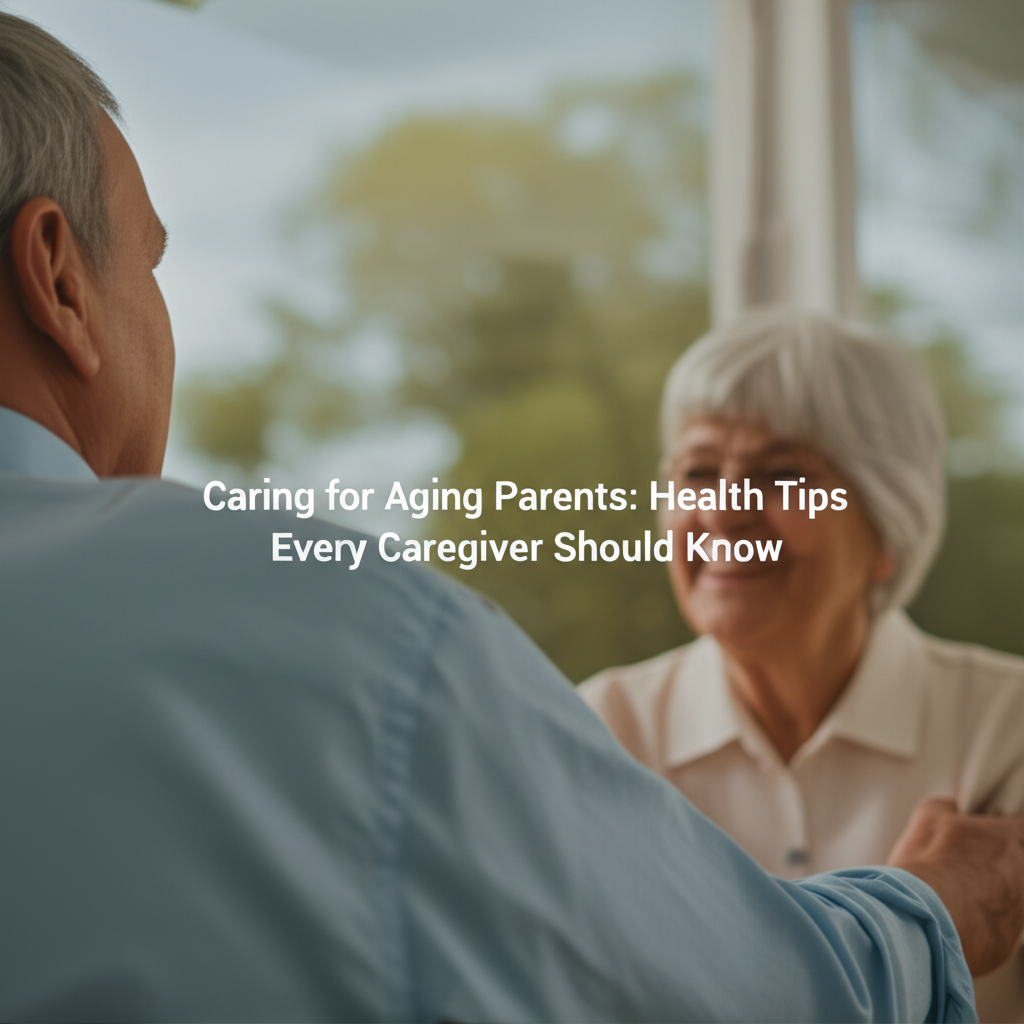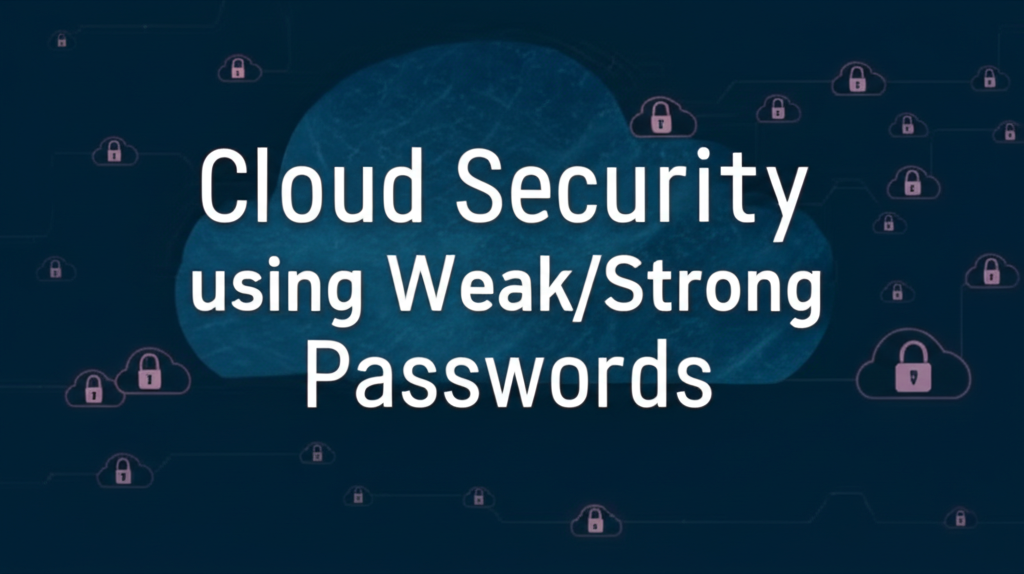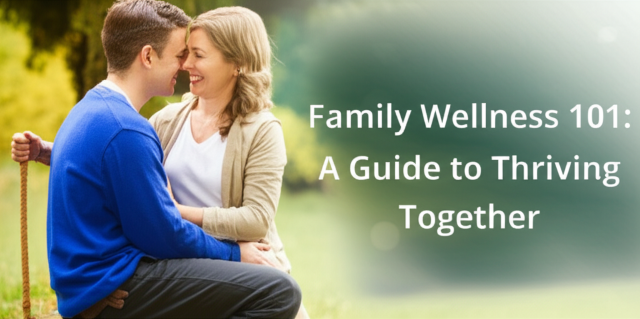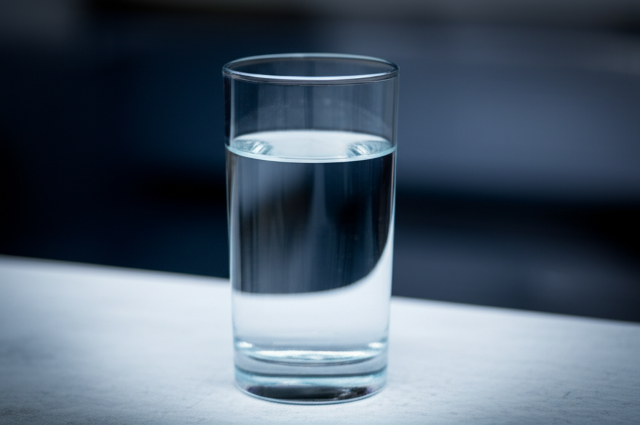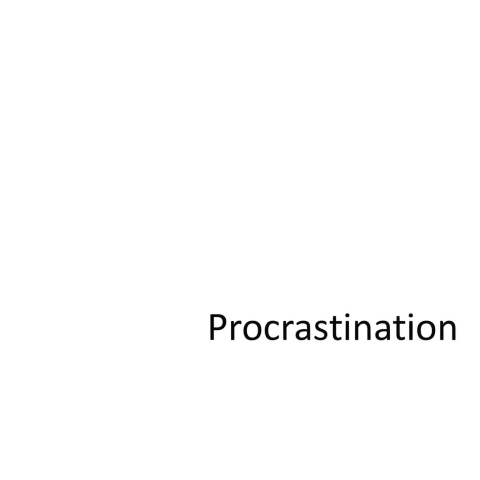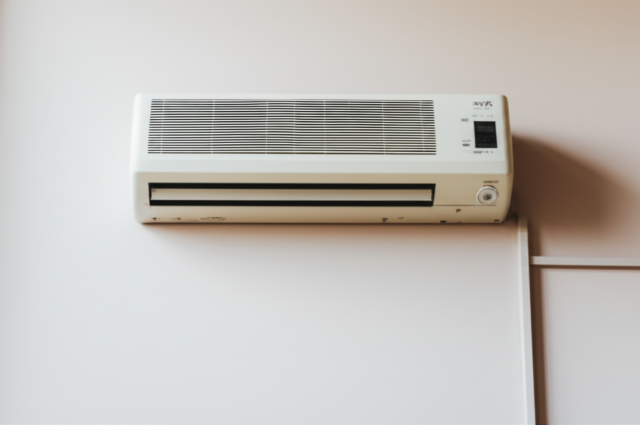
The Ill Effects of Air Conditioning
Air conditioning has revolutionized our lives, providing relief from scorching heat and enabling us to live and work comfortably in otherwise unbearable climates. However, the widespread use of AC comes with a range of negative consequences, affecting our health, the environment, and our wallets. This article explores these ill effects, urging a more mindful and responsible approach to air conditioning.
Health Concerns
While AC offers immediate relief from heatstroke and heat exhaustion, its overuse can lead to several health problems:
Dehydration and Dry Skin:
Air conditioners significantly reduce humidity, leading to dry air. This dry air can dehydrate your body, causing symptoms like dry skin, cracked lips, and nosebleeds. Prolonged exposure can exacerbate existing respiratory conditions like asthma and allergies.
Respiratory Problems:
The dry air produced by AC units can irritate the mucous membranes in your nose and throat, making you more susceptible to respiratory infections. Poorly maintained AC units can also harbor dust mites, mold, and other allergens, worsening respiratory issues for those already affected. Regular filter cleaning and professional maintenance are crucial to minimize this risk.
Temperature Fluctuations and Illness:
The sudden transition from a hot environment to a drastically cool one can shock your system, potentially weakening your immune response. This makes you more vulnerable to catching colds and other illnesses. It's essential to avoid extreme temperature differences and maintain a gradual temperature adjustment.
Sick Building Syndrome:
Poorly maintained or designed air conditioning systems can contribute to Sick Building Syndrome (SBS). SBS is a range of symptoms, such as headaches, eye irritation, fatigue, and respiratory problems, attributed to time spent in a particular building. These symptoms are often linked to poor indoor air quality, which can be exacerbated by AC systems.
Increased Risk of Heatstroke (Ironically):
While air conditioning protects against heatstroke, relying on it exclusively can actually increase your vulnerability. Your body's ability to regulate temperature naturally diminishes with prolonged exposure to artificially cool environments. This means you may struggle more to cope with even moderate heat when exposed without AC, increasing the risk of heatstroke.
Environmental Impact
The widespread use of air conditioning has a significant and detrimental impact on the environment:
Increased Energy Consumption and Greenhouse Gas Emissions:
Air conditioners are energy-intensive appliances. Their operation contributes significantly to electricity consumption, leading to increased greenhouse gas emissions. The electricity used often comes from fossil fuels, further exacerbating climate change. This contributes to a vicious cycle: higher temperatures necessitate more AC use, leading to more emissions and further warming.
Ozone Depletion:
Older AC units used refrigerants that were harmful to the ozone layer. While newer units use more environmentally friendly refrigerants, improper disposal of older units can still release harmful substances into the atmosphere. Responsible disposal and recycling are essential.
Urban Heat Island Effect:
The concentration of air conditioners in urban areas contributes to the urban heat island effect. This effect occurs when cities retain more heat than surrounding rural areas due to factors like pavement and building materials. While AC provides relief for individuals, the collective heat released from many units intensifies the urban heat island effect, making the overall environment hotter.
Water Consumption:
Many large-scale AC systems require significant amounts of water for cooling. This can strain water resources, particularly in arid and semi-arid regions where water scarcity is already a pressing issue. Efficient AC systems can reduce water use, but significant conservation is still necessary.
Economic Considerations
While air conditioning provides comfort, its economic consequences are significant:
High Energy Bills:
Air conditioning accounts for a substantial portion of household energy bills, particularly in hotter climates. The cost of running AC units can significantly strain household budgets. Energy-efficient units and mindful usage can help mitigate this expense.
Maintenance Costs:
Air conditioners require regular maintenance and occasional repairs. These costs can add up over time, requiring additional budget allocation. Preventive maintenance can extend the lifespan of the unit and reduce the overall cost.
Increased Building Costs:
The installation of air conditioning systems in buildings adds to the initial construction costs. Designing buildings with passive cooling strategies, such as natural ventilation and shading, can reduce the need for AC and decrease overall building costs.
Alternatives and Mitigation Strategies
Recognizing the ill effects of air conditioning, it's crucial to explore alternative cooling methods and adopt mitigation strategies:
Passive Cooling Techniques:
Passive cooling techniques rely on natural methods to cool buildings. These include utilizing natural ventilation, shading windows, planting trees for shade, and using light-colored materials to reflect sunlight. These techniques can significantly reduce reliance on AC.
Energy-Efficient Air Conditioners:
Investing in energy-efficient AC units with high Energy Efficiency Ratio (EER) ratings can drastically reduce energy consumption and lower electricity bills. Look for units with features like inverter technology and smart controls.
Proper Maintenance:
Regular cleaning of air filters and annual professional maintenance can significantly improve the efficiency and lifespan of AC units, reducing energy consumption and repair costs. A clean unit also reduces the spread of allergens and respiratory irritants.
Mindful Usage:
Avoid overcooling your space. Setting the thermostat a few degrees higher and utilizing fans strategically can provide sufficient cooling while reducing energy consumption. Utilize AC only when necessary, opting for natural cooling methods whenever possible.
Renewable Energy Sources:
Powering your AC unit with renewable energy sources, such as solar power, can reduce your reliance on fossil fuels and minimize greenhouse gas emissions. This transition can reduce your environmental footprint and lower your electricity bills in the long run.
Conclusion
While air conditioning offers undeniable comfort and improves quality of life in many situations, its extensive use comes with a significant cost to our health, the environment, and our finances. By understanding these ill effects and adopting responsible practices, we can mitigate the negative consequences and strive for a more sustainable and healthy approach to cooling our spaces. A balanced approach, incorporating passive cooling techniques, energy-efficient units, and mindful usage, is essential to enjoy the benefits of air conditioning without compromising our well-being or the planet's future.
